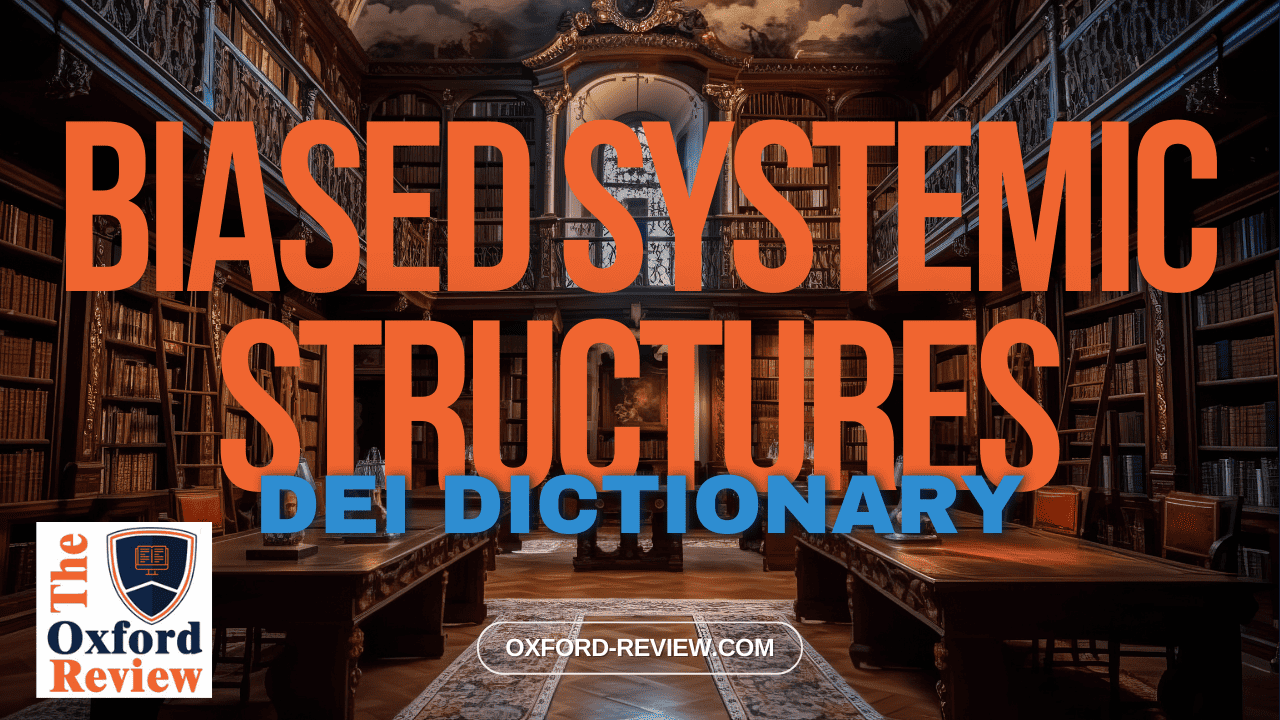Biased Systemic Structures – Definition and Explanation

Definition:
Biased systemic structures refer to the institutionalised patterns, policies, and practices that inherently favor certain groups while disadvantaging others based on characteristics such as race, ethnicity, gender, sexual orientation, socio-economic status, or disability. These structures are often subtle and deeply rooted within societal systems, exerting influence across various domains including education, employment, healthcare, and criminal justice.
Impact:
The impact of biased systemic structures is profound and multifaceted. They contribute to the perpetuation of inequality by limiting opportunities and access to resources for marginalised communities. Individuals from these communities often face systemic barriers at every stage of life, leading to disparities in outcomes such as income, education attainment, and health outcomes. Moreover, biased systemic structures can perpetuate stereotypes and stigmatisation, further marginalising affected groups and eroding social cohesion.
Example:
A prominent example of biased systemic structures in the UK is the phenomenon of racial disparities in the criminal justice system. Studies have consistently shown that individuals from Black, Asian, and Minority Ethnic (BAME) backgrounds are disproportionately targeted, arrested, and sentenced compared to their white counterparts. Factors such as racial profiling, discriminatory policing practices, and biased sentencing contribute to this systemic injustice, perpetuating a cycle of inequality and eroding trust in the criminal justice system.
Conclusion:
In the pursuit of fostering diversity, equity, and inclusion, it is imperative to recognize and address the existence of biased systemic structures. These entrenched systems perpetuate inequality and hinder progress towards a more just and inclusive society. By raising awareness, challenging discriminatory practices, and advocating for systemic change, we can work towards dismantling these structures and creating a more equitable future for all.
Reference:
Miller, K. M., Cahn, K., Anderson-Nathe, B., Cause, A. G., & Bender, R. (2013). Individual and systemic/structural bias in child welfare decision making: Implications for children and families of color. Children and Youth Services Review, 35(9), 1634-1642. https://www.sciencedirect.com/science/article/abs/pii/S0190740913002363
Be impressively well informed

Get the very latest research intelligence briefings, video research briefings, infographics and more sent direct to you as they are published
Be the most impressively well-informed and up-to-date person around...
